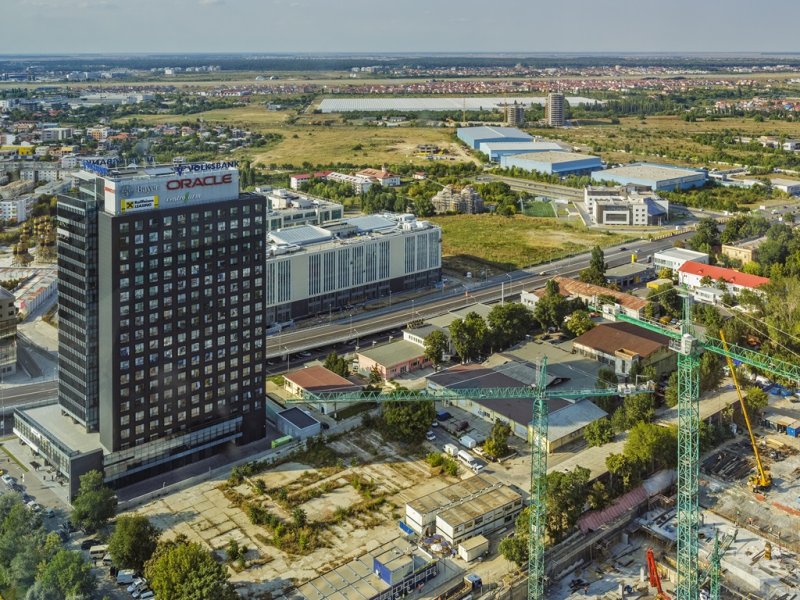Life on the outskirts of Bucharest: commune or gated community?

By Bucharest Team
- Articles
At first glance, moving outside of Bucharest seems like a straightforward choice: more space, more peace, lower costs. But “the outskirts” aren’t a single solution. For some, it means a house in an old commune with uneven roads and neighbors who greet you through the gate; for others, it’s a gated community with private streets, security at the entrance, and neighbors you’ve never actually met.
Between these two worlds, the distance isn’t measured in kilometers—but in lifestyle.
The commune: tradition, improvisation, and growing pains
The peri-urban commune remains a popular choice for those seeking affordable land and a more open lifestyle. Villages like Domnești, Ciorogârla, Tunari, Vidra or Glina have expanded rapidly over the last decade. But this growth hasn’t always been accompanied by investments in infrastructure.
Many communes still lack sewage systems, running water or consistent street lighting. Public transportation is limited or non-existent, and roads are often unpaved—muddy in rain, dusty in summer. Local governments move at different speeds and priorities, and services such as waste collection or school access can lag behind urban standards.
Still, for families with young children or those working remotely, life in a commune offers freedom: a garden, trees, pets without restrictions, and sometimes a genuine sense of community.
The residential compound: comfort in isolation
On the other side, developers have proposed a more modern and tidy alternative: the gated residential community on the city's edge. In places like Popești-Leordeni, Berceni, Voluntari or Mogoșoaia, thousands of apartments and houses have sprung up in compact, fenced-off neighborhoods with neatly paved roads, marked parking spots, and a private security guard at the entrance.
The advantage is obvious: the infrastructure is pre-planned, sometimes there’s a private kindergarten onsite, security is constant, and there’s a guaranteed level of tidiness. Everything seems "in order". But step outside the gates and the story shifts. Public transport is spotty, local stores are few, and the commute into Bucharest during rush hour is often a nightmare.
Another drawback is the lack of urban integration. Many such communities are built between fields or industrial lots, with no connected sidewalks, no bike lanes, and no real public spaces. The neighborhood becomes an island, and social interactions are mostly limited to the community’s Facebook group.
What are you really choosing?
Bucharest’s outskirts are not a monolith. They’re a mosaic of housing experiments. Choosing between a commune and a gated community isn’t about distance—it’s about the life you want.
- If you’re looking for complete freedom and don’t mind improvising (or waiting for basic utilities), a commune might be your place.
- If you want comfort based on control and order—with the risk of social isolation—a residential compound may be your best fit.
The real issue is that, in the absence of a metropolitan vision, neither model is truly sustainable. The city and its outskirts aren’t working together—they’re ignoring each other. Until Bucharest learns to integrate its fringes, life on the edge will remain a compromise between the green dream and a grey reality.
Also recommended Why are young people moving from the city center to the outskirts?






























